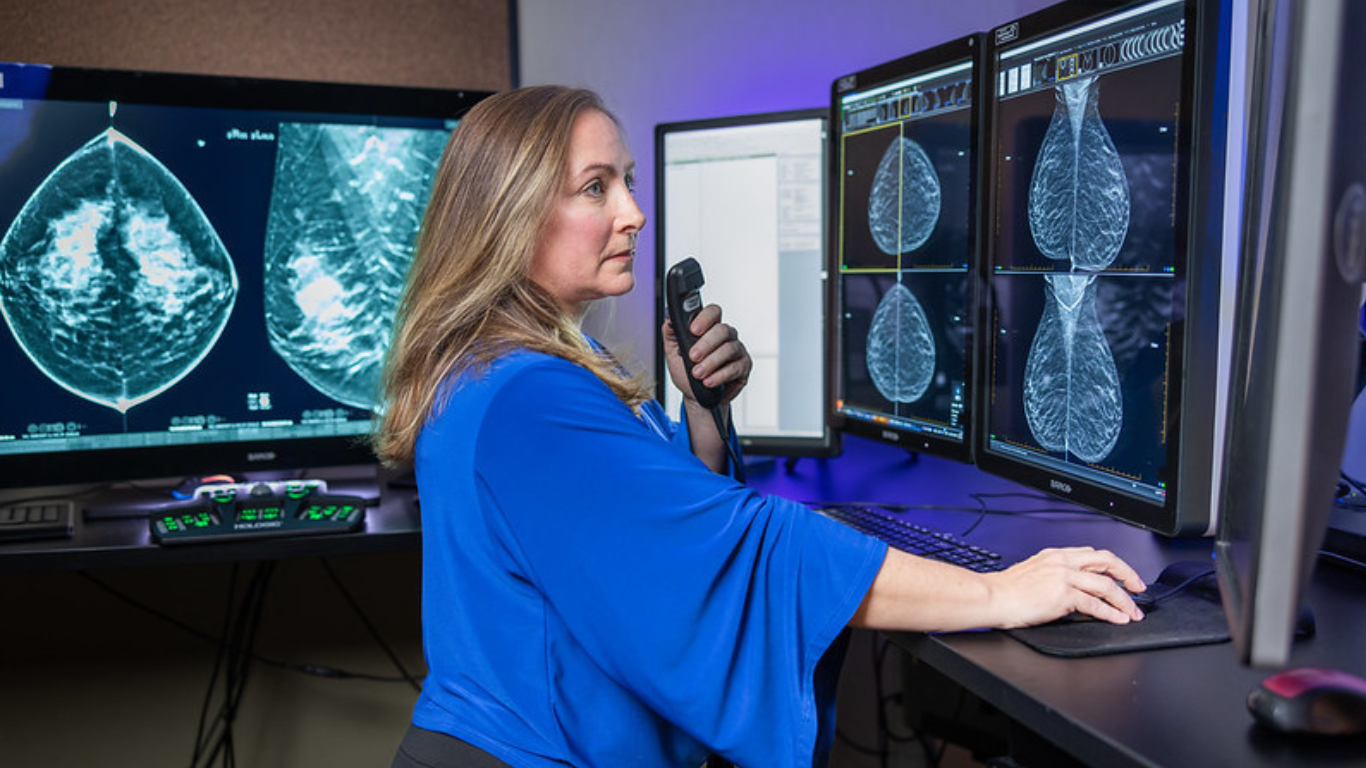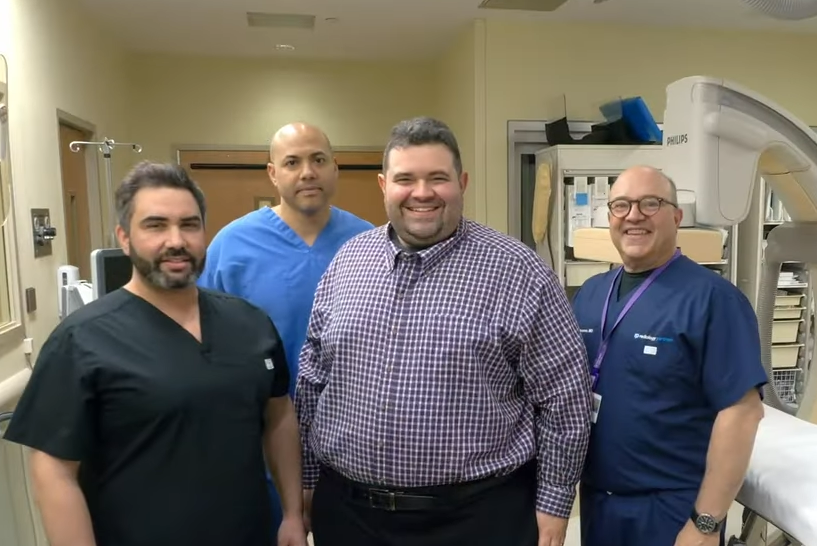What is kyphoplasty?
Kyphoplasty is a minimally-invasive procedure that is used to help stabilize the vertebrae, or spinal bones, of men and women with vertebral compression fractures, small fractures or breaks that develop in the vertebrae, often as a result of osteoporosis or other diseases that can cause the spine bones to become weak. When a vertebra develops a fracture, it changes shape, usually becoming compressed or squeezed as a result of pressures on the bone. These fractures can cause significant pain, especially if the bone fragments or edges press on nerves as they exit the spinal column. Kyphoplasty can help stabilize these bones and restore them to their normal shape and position to help relieve painful symptoms. In addition to its use in patients with osteoporosis and metabolic diseases, kyphoplasty is also commonly used in elderly patients whose bone-healing processes may have been impaired or slowed by age, and patients whose compression fractures have been caused by malignant tumors.
How does kyphoplasty work?
Kyphoplasty uses a special instrument to carefully insert a balloon into the vertebra that has become fractured. The balloon helps “reshape” the vertebra, restoring the shape of the vertebral body and preparing it for injection of a special medical-grade cement that helps stabilize the area and provide structure to the damaged bone. The injection of cement is often referred to as vertebroplasty. Prior to the introduction of kyphoplasty, cement was injected into the space to provide stability, but the shape of the vertebra was not restored. Kyphoplasty enhances the results of vertebroplasty by helping to re-expand the vertebral space for optimal results and superior outcomes.
How is kyphoplasty performed?
Kyphoplasty can be performed on an outpatient basis, which means you can go home the same day as your procedure. General anesthesia is used during this procedure. The skin is numbed with a local anesthetic and a small incision is made near the vertebra to enable a special hollow needle to be inserted. Image guidance will be used to ensure proper placement of the needle. Once the needle is in place, the balloon is deployed and gently inflated to expand the space and prepare it for the medical cement. After the cavity is created, the balloon is removed and the cement is injected to fill the space and provide stability and support. A CT scan or x-ray may be used to confirm the cement is distributed properly before the incision site is closed with a bandage. Most procedures take about an hour to perform. You’ll need someone to drive you home afterward, and you’ll be able to gradually resume your normal activities once home, avoiding heavy lifting and other strenuous activities for about six weeks.





